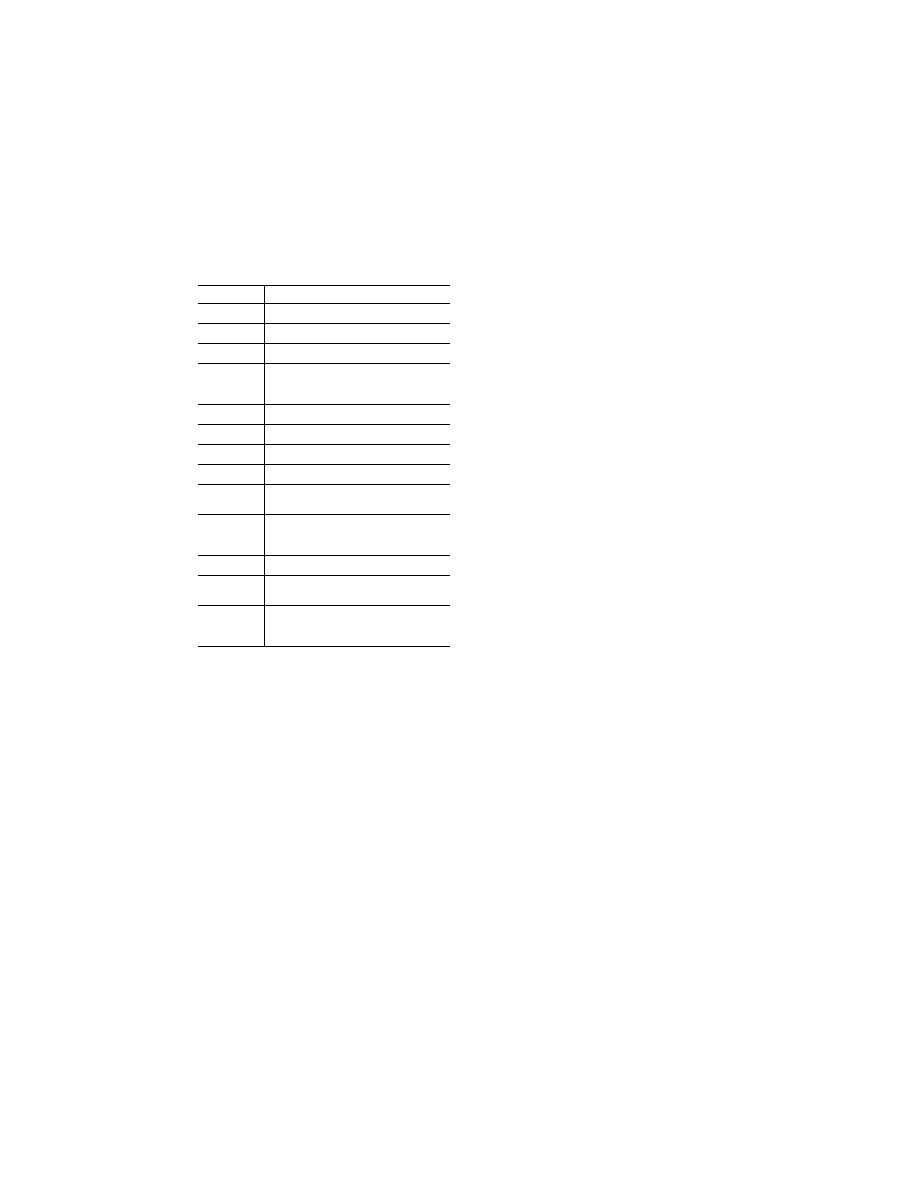
52
14 CFR Ch. I (1–1–19 Edition)
Pt. 60, App. A
T
ABLE OF
C
ONTENTS
—Continued
Paragraph No.
Title
5. ....................
Ground Effect.
6. ....................
Motion System.
7. ....................
Sound System.
8. ....................
Additional Information About Flight Simulator
Qualification for New or Derivative Air-
planes.
9. ....................
Engineering Simulator—Validation Data.
10. ..................
[Reserved]
11. ..................
Validation Test Tolerances.
12. ..................
Validation Data Roadmap.
13. ..................
Acceptance Guidelines for Alternative En-
gines Data.
14. ..................
Acceptance Guidelines for Alternative Avi-
onics (Flight-Related Computers and Con-
trollers).
15. ..................
Transport Delay Testing.
16. ..................
Continuing Qualification Evaluations—Vali-
dation Test Data Presentation.
17. ..................
Alternative Data Sources, Procedures, and
Instrumentation: Level A and Level B Sim-
ulators Only.
lllllllllllllllllllllll
B
EGIN
I
NFORMATION
1. I
NTRODUCTION
a. For the purposes of this attachment, the
flight conditions specified in the Flight Con-
ditions Column of Table A2A of this appen-
dix, are defined as follows:
(1) Ground—on ground, independent of air-
plane configuration;
(2) Take-off—gear down with flaps/slats in
any certified takeoff position;
(3) First segment climb—gear down with
flaps/slats in any certified takeoff position
(normally not above 50 ft AGL);
(4) Second segment climb—gear up with
flaps/slats in any certified takeoff position
(normally between 50 ft and 400 ft AGL);
(5) Clean—flaps/slats retracted and gear up;
(6) Cruise—clean configuration at cruise
altitude and airspeed;
(7) Approach—gear up or down with flaps/
slats at any normal approach position as rec-
ommended by the airplane manufacturer;
and
(8) Landing—gear down with flaps/slats in
any certified landing position.
b. The format for numbering the objective
tests in Appendix A, Attachment 2, Table
A2A, and the objective tests in Appendix B,
Attachment 2, Table B2A, is identical. How-
ever, each test required for FFSs is not nec-
essarily required for FTDs. Also, each test
required for FTDs is not necessarily required
for FFSs. Therefore, when a test number (or
series of numbers) is not required, the term
‘‘Reserved’’ is used in the table at that loca-
tion. Following this numbering format pro-
vides a degree of commonality between the
two tables and substantially reduces the po-
tential for confusion when referring to objec-
tive test numbers for either FFSs or FTDs.
c. The reader is encouraged to review the
Airplane Flight Simulator Evaluation Hand-
book, Volumes I and II, published by the
Royal Aeronautical Society, London, UK,
and AC 25–7, as amended, Flight Test Guide
for Certification of Transport Category Air-
planes, and AC 23–8, as amended, Flight Test
Guide for Certification of Part 23 Airplanes,
for references and examples regarding flight
testing requirements and techniques.
d. If relevant winds are present in the ob-
jective data, the wind vector should be clear-
ly noted as part of the data presentation, ex-
pressed in conventional terminology, and re-
lated to the runway being used for the test.
E
ND
I
NFORMATION
lllllllllllllllllllllll
B
EGIN
QPS R
EQUIREMENTS
2. T
EST
R
EQUIREMENTS
a. The ground and flight tests required for
qualification are listed in Table A2A, FFS
Objective Tests. Computer generated simu-
lator test results must be provided for each
test except where an alternative test is spe-
cifically authorized by the NSPM. If a flight
condition or operating condition is required
for the test but does not apply to the air-
plane being simulated or to the qualification
level sought, it may be disregarded (e.g., an
engine out missed approach for a single-en-
gine airplane or a maneuver using reverse
thrust for an airplane without reverse thrust
capability). Each test result is compared
against the validation data described in
§ 60.13 and in this appendix. Although use of
a driver program designed to automatically
accomplish the tests is encouraged for all
simulators and required for Level C and
Level D simulators, it must be possible to
conduct each test manually while recording
all appropriate parameters. The results must
be produced on an appropriate recording de-
vice acceptable to the NSPM and must in-
clude simulator number, date, time, condi-
tions, tolerances, and appropriate dependent
variables portrayed in comparison to the val-
idation data. Time histories are required un-
less otherwise indicated in Table A2A. All re-
sults must be labeled using the tolerances
and units given.
b. Table A2A in this attachment sets out
the test results required, including the pa-
rameters, tolerances, and flight conditions
VerDate Sep<11>2014
16:30 Jun 25, 2019
Jkt 247047
PO 00000
Frm 00062
Fmt 8010
Sfmt 8002
Q:\14\14V2.TXT
PC31
kpayne on VMOFRWIN702 with $$_JOB